Anatoli Unitsky: In the near future, uLite will begin transporting passengers.
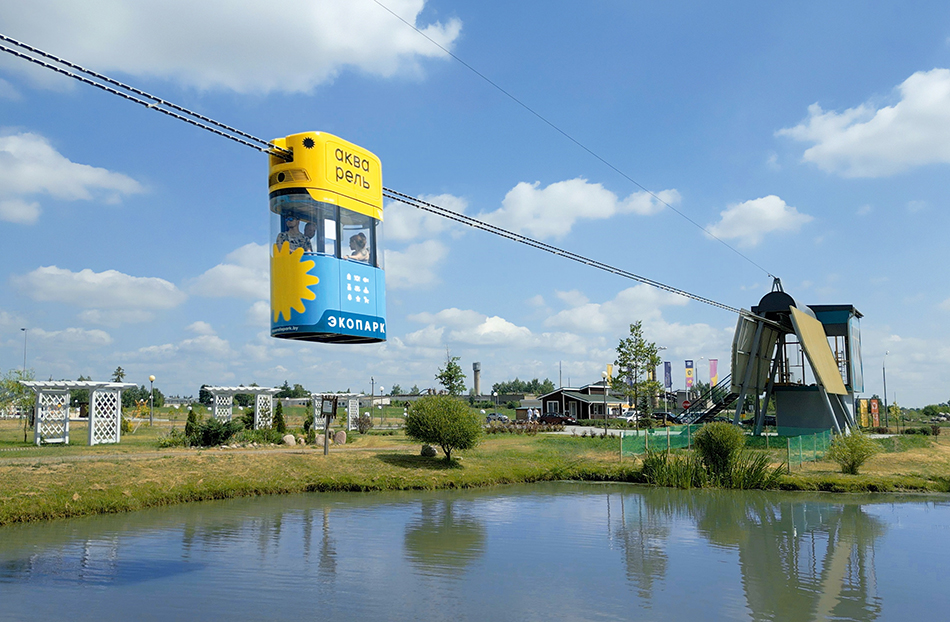
The uLite complex is almost ready for passenger transportation. The transition to the final implementation stage will occur in the near future, said Anatoli Unitsky, the General Designer of UST Inc. With this successful example, the company demonstrates the reality of what many had thought impossible.
Transition to Cargo-Passenger Transportation
Today, the complex is in operation as a cargo transportation system. A series of measures are being completed to change its designation to cargo-passenger service. The uLite has undergone numerous research tests, including checking the functionality of the complex, debugging the uPod’s control system, testing electrical and structural safety parameters, as well as the vehicle’s weight characteristics. Very soon, uLite will begin transporting its first passengers to the lakeshores and recreational areas of the eco-park.
“Unitsky String Technologies Inc. has created the basis for successful implementation of future commercial projects. The uLite complex has demonstrated its operation in real conditions, having passed through all stages of the infrastructure project life cycle within the framework of entering the transport market: design, land acquisition, construction, commissioning, approval by state authorities, expertise, certification and launch,” said the General Designer of UST Inc.
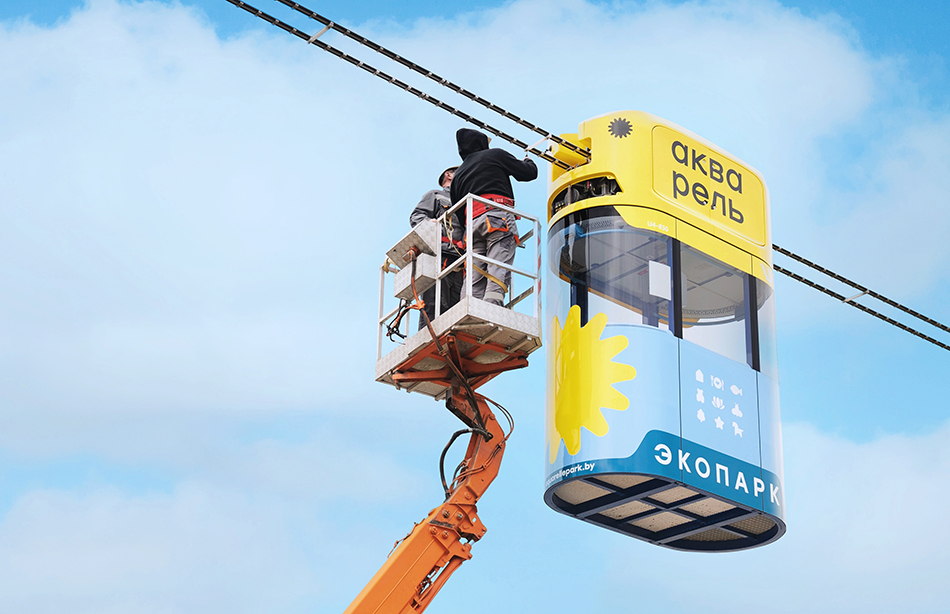
Thus, the construction of the transport and infrastructure complex on the territory of the Aquarelle Ecopark became a decisive stage for Unitsky String Technologies Inc. For the first time, the company created a product not for testing and demonstration purposes, but for commercial use.
As a reminder, UST Inc. recently unveiled a documentary film detailing the creation of the first commercial solution. The video describes the origin of the idea, the main stages in the development of uLite and the unique technological solutions used in the design of the complex.
Ideal Transport for Ecopark
The compact, environmentally friendly and cost-effective uST transport and infrastructure solution is designed to meet the social and economic needs of the Aquarelle Ecopark – transporting visitors, employees and goods of the suburban complex across its 168-hectare site, delivering them to recreational areas, the lakeshore, the zoo and other facilities.
When choosing a logistics solution, Ecopark’s managers focused on technical and economic performance and productivity. The uLite proved to be the ideal option: its functional versatility allows it to be used for both passenger and cargo transport.
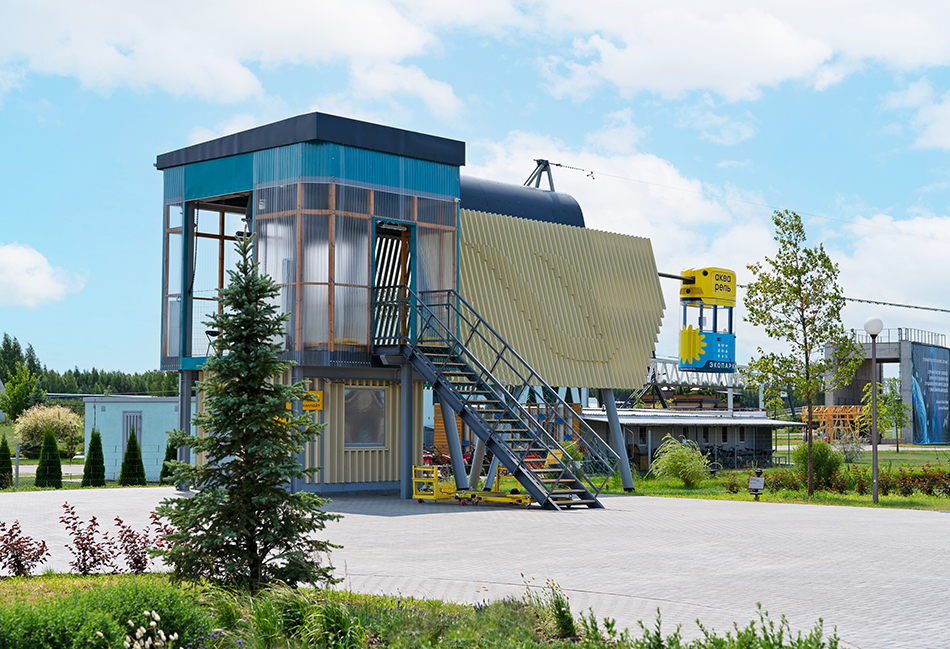
Right from the design stage, the engineers at UST Inc. set out to create a versatile and affordable product. This goal has been achieved. The uLite is the most economical electric rail vehicle to date. The key points in the model’s development were simplicity of manufacturing, using only what is necessary for uninterrupted operation, safety, and ergonomic design.
The uST complex fits perfectly into the Aquarelle concept, which emphasizes environmental friendliness:
- uLite consumes minimal energy and does not pollute nature with exhaust gases.
- With its visual lightness, the transport highlights the uniqueness of the eco-complex.
- The uPod is virtually silent, ensuring that it does not disturb the guests of the eco-park.
Implementation Using Advanced Methods
The construction of the complex utilized landless assembly with local access from the ground near the anchoring structures and intermediate supports. This method of construction is economical, as it does not require extensive earthworks. The lightweight supports are spaced 250 meters apart, and the stations are located at the ends of the route. With a total area of 0.5 hectares for the complex, less than 0.1 hectares of land is allocated for the supports and stations. As a result, the string rail overpass does not disrupt the natural terrain, preserving the landscape, fertile soil, and biodiversity of the surrounding area.
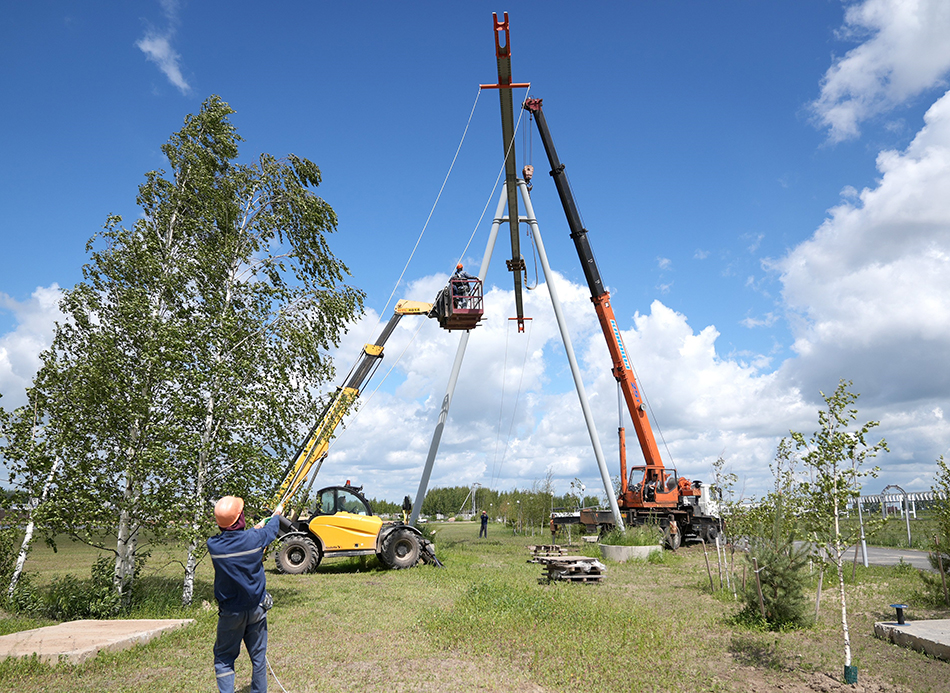
The transport and infrastructure complex includes two stations, a flexible track structure, four intermediate supports (one of which is a turning support), an automated control system, and a rail electric vehicle, uLite. The length of the route is 1,120 meters, with a distance of 250 meters between spans.
- The unmanned uPod on combined wheels can travel along the string rail overpass at a height of 10 meters at speeds of up to 80 km/h.
- The uLite is designed to carry 6 passengers or transport 450 kg of cargo.
- The productivity of such a complex (with an increased number of uPods) can reach 10,000 passengers or 1,000 tons of cargo per day.
The complex features a low construction cost due to the minimal number of expensive components in its structure, as well as low operational costs resulting from low energy consumption (for example, at a speed of 50 km/h – 4.5 kWh per 100 km) or equivalent fuel consumption (1.1 liters per 100 km).
Universal uST solution
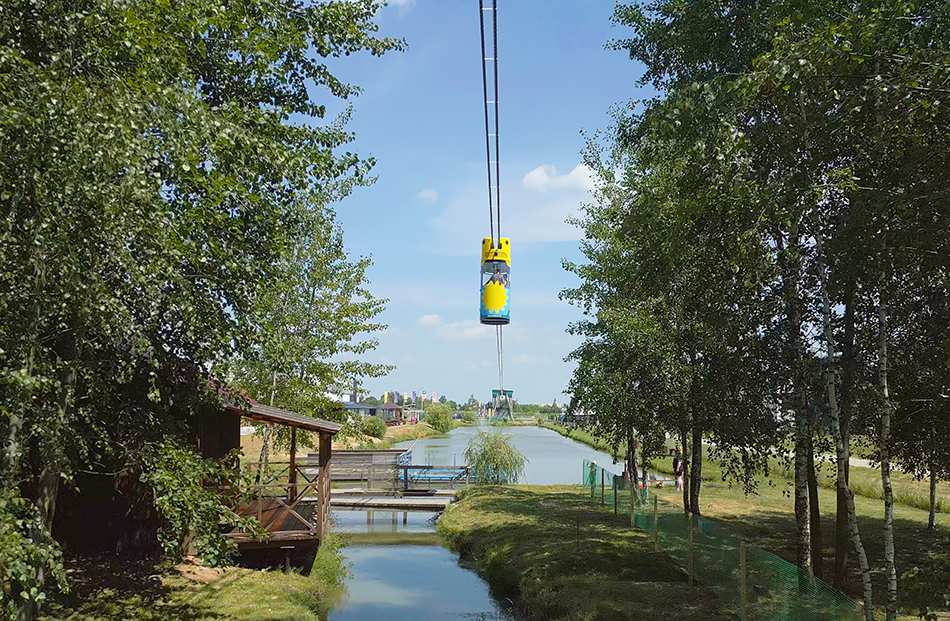
uLite demonstrates the versatility of the uST Inc. product. It can be adapted to the customer’s needs – to the tasks they want to solve with the help of uST technology. Such a complex can be used for urban transport, on tourist routes, for communication with sparsely populated and remote areas, and for many other purposes.
Now that all stages of the complex’s implementation have been nearly completed, UST’s universal solutions are on the brink of widespread use across various sectors of the transportation industry.
More news
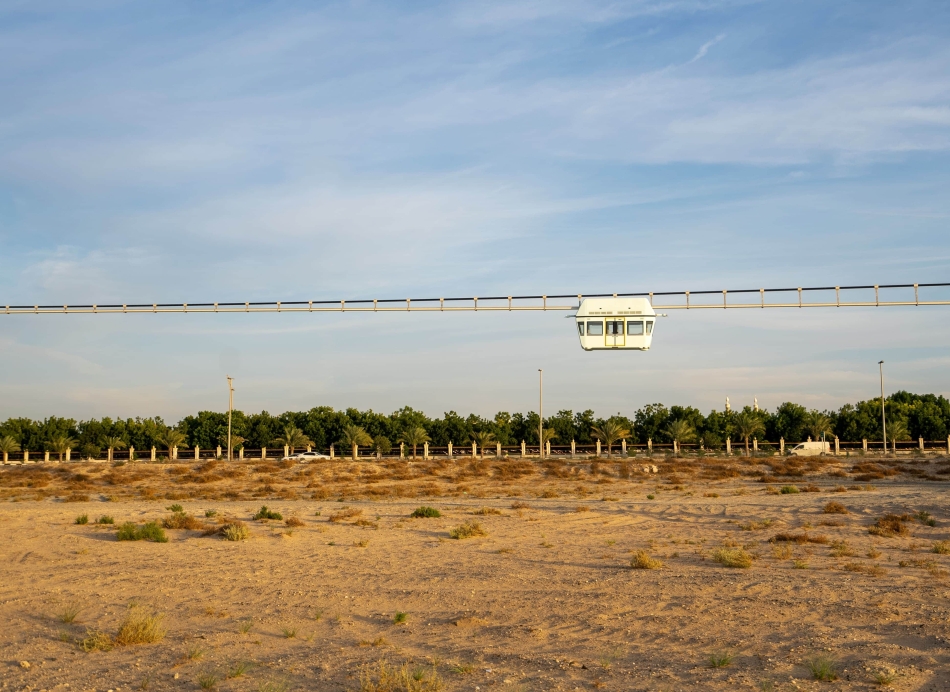
Blog
6 Junе 2025
Technology of Durability: How Protective Coatings for uST Complex Components Are Created
To ensure transport withstands challenges, engineers at Unitsky String Technologies Inc. test protective systems designed to function for decades.
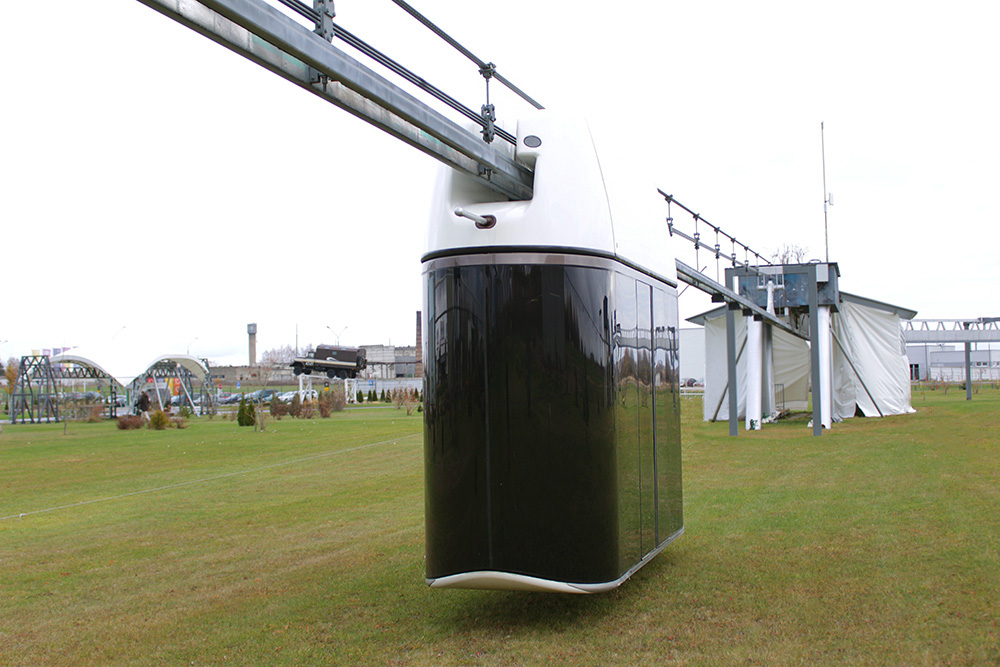
News
26 January 2022
Through Tropical Rain: Unitsky String Technologies Inc. Continues Transport Testing
EcoTechnoPark. It's pouring rain. Unibus, crossing the territory of the innovation center, confidently overcomes the dense wall of rain. If a regular passenger bus driver were in a similar situation, they might have made a forced stop on the side of the road. But the unmanned uST transport continues to move calmly, as if nothing happens.
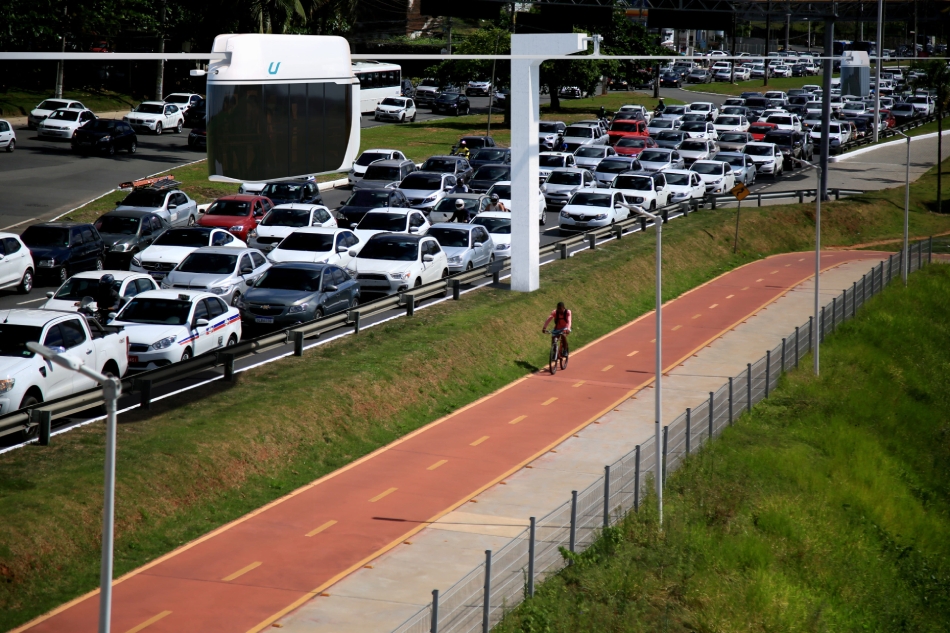
Blog
29 February 2024
A new level of transportation safety with uST technology
According to world statistics, thousands of people die in road accidents every day, and from 20 to 50 million people get injured and maimed every year.

